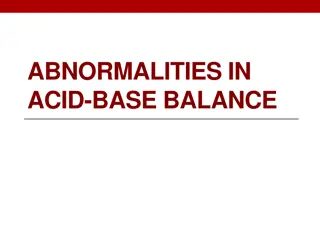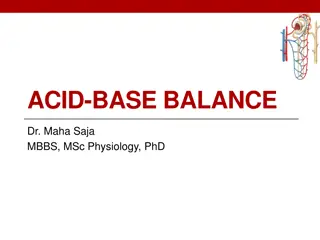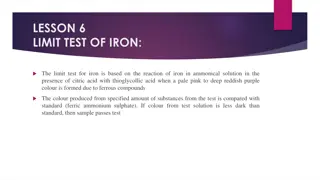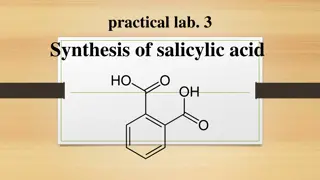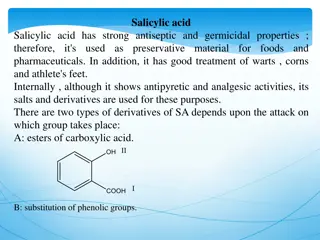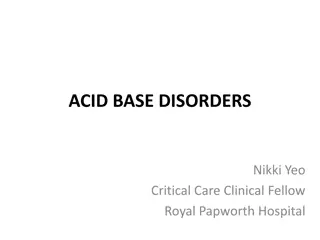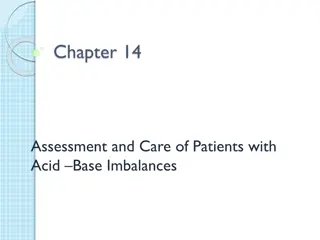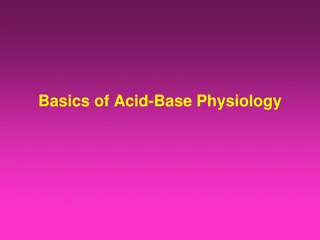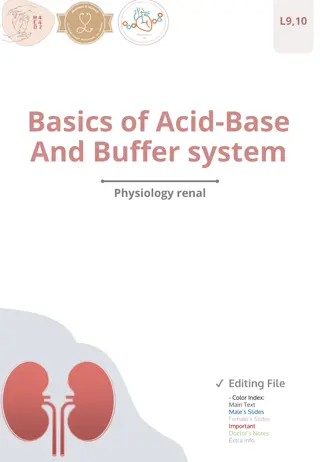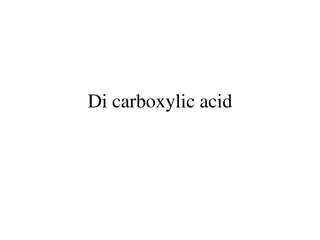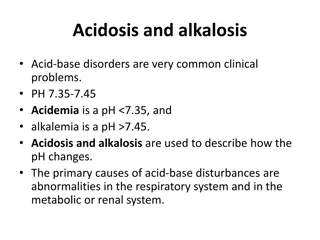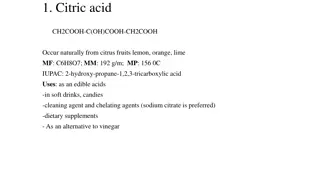Transaction Properties: ACID vs. BASE
Transaction properties play a crucial role in database management. This content delves into the comparison between ACID and BASE properties, discussing concepts like failures, consistency, availability, and partition tolerance. It also touches on the CAP Theorem and the trade-offs between Consistency, Availability, and Partition Tolerance in distributed systems. Additionally, it introduces the BASE concept - Basically Available, Soft-State, Eventually Consistent - in SQL databases.
Download Presentation

Please find below an Image/Link to download the presentation.
The content on the website is provided AS IS for your information and personal use only. It may not be sold, licensed, or shared on other websites without obtaining consent from the author. Download presentation by click this link. If you encounter any issues during the download, it is possible that the publisher has removed the file from their server.
E N D
Presentation Transcript
Transaction Properties: ACID vs. BASE
ACID Properties: Failures Isolation Failure: T1transfers 10 from A to B. T2transfers 10 from B to A. Combined, there are four actions: T1subtracts 10 from A. T1adds 10 to B. T2subtracts 10 from B. T2adds 10 to A. By interleaving the transactions, the actual order of actions might be: T1subtracts 10 from A. T2subtracts 10 from B. T2adds 10 to A. T1adds 10 to B. Now, consider what happens if T1fails halfway through.
ACID Properties: Failures Durability Failure: T1transfers 10 from A to B. It removes 10 from A. It then adds 10 to B. At this point, a "success" message is sent to the user. However, the changes are still queued in the disk buffer waiting to be committed to the disk. Power fails and the changes are lost. The user assumes (understandably) that the changes have been made.
CAP Theorem (Brewers Theorem) it is impossible for a distributed computer system to simultaneously provide all three of the following guarantees: Consistency: all nodes see the same data at the same time Availability: Node failures do not prevent other survivors from continuing to operate (a guarantee that every request receives a response about whether it succeeded or failed) Partition tolerance: the system continues to operate despite arbitrary partitioning due to network failures (e.g., message loss) A distributed system can satisfy any two of these guarantees at the same time but not all three.
CAP Theorem (Brewers Theorem): So, what can be done? In a distributed system, a network (of networks) in inevitable (by definition). Failures can, and will, occur to a networked system -> partitioned tolerance should be accommodated. Then, the only option left is choosing between Consistency and Availability- i.e., CA doesn t make any sense (expect when we have, e.g., a single-site databases; 2-phase commit, cache validation protocols)) Not necessarily in a mutually exclusive manner, but possibly by partial accommodation of both -> trade-off analyses important [In terms of architecture, what ontological concept is this about?] AP: A partitioned node returns a correct value, if in a consistent state; a timeout error or an error, otherwise e.g., DynamoDB, CouchDB, and Cassandra CP: A partitioned note returns the most recent version of the data, which could be stale. e.g., MongoDB, Redis, AppFabric Caching, and MemcacheDB
BASE (Basically Available, Soft-State, Eventually Consistent) SQL databases: Structured query language for Traditional relational databases (unique keys, single valued, no update/insertion/deletion anomalies) Well structured data ACID properties should hold NoSQL (Not only SQL) databases: triggered by the storage needs of Web 2.0 companies such as Facebook, Google and Amazon.com Not necessarily well structured e.g., pictures, documents, web page description, video clips, etc. Lately of increasing importance due to big data ACID properties may not hold -> no properties at all then??? focuses on availability of data even in the presence of multiple failures spread data across many storage systems with a high degree of replication.
BASE (Basically Available, Soft-State, Eventually Consistent) Rationale: It s ok to use stale data (Accounting systems do this all the time. It s called closing out the books. ) ; it s ok to give approximate answers Use resource versioning -> say what the data really is about no more, no less. The value of x is 5, at time T and date D - So, shift the PH from 0-6 (acidic) to 8-14 (basic) pure water s PH is 7 and neutral Can some compromise be made between C and A?: instead of completely giving up on C, for A Instead of completely giving up on A, instead of C
BASE (Basically Available, Soft-State, Eventually Consistent) Basic Availability: fulfill request, even in partial consistency. Soft State: abandon the consistency requirements of the ACID model pretty much completely Eventual Consistency: at some point in the future, data will converge to a consistent state; delayed consistency, as opposed to immediate consistency of the ACID properties. purely a liveness guarantee (reads eventually return the requested value); but does not make safety guarantees, i.e., an eventually consistent system can return any value before it converges
. .
s a



